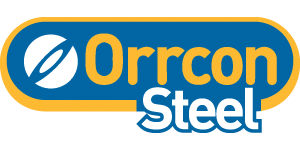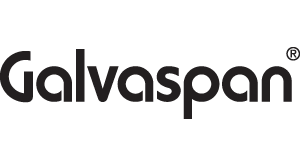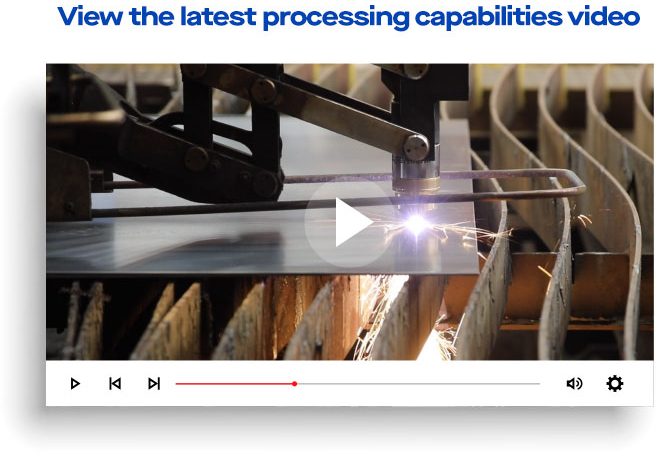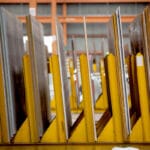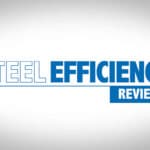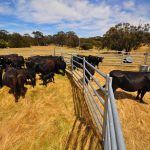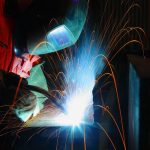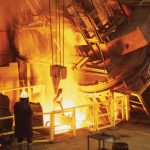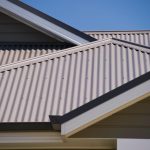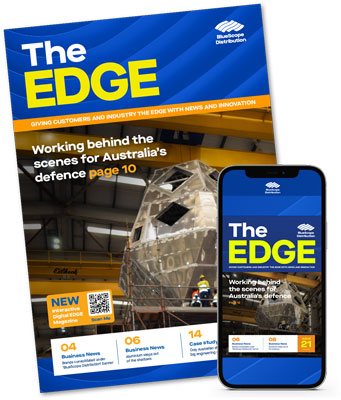Aluminium 5052 Data Sheet
5052 Overview
Alloy 5052 is a non-heat treatable rolled product supplied as either sheet or coil. 5052 is stronger than 5005 and is used in applications requiring more structural integrity or impact resistance. 5052 has excellent corrosion resistance, medium static strength, medium to high fatigue strength, good weldability and very good corrosion resistance especially in marine applications. It was low density and excellent thermal conductivity.
5052 Mass Conversion Factor: Kilograms (kg) per millimeter per square metre = 2.70kg (Flat Rolled Only)
Common Applications
5052 is ideal for general fabrication and manufacturing in both industrial and commercial building applications. Products include marine products such as “tinnies” and marine componentry, boiler making and pressure vessels, fuel tanks, containers, road signs, architectural panelling and irrigation.
The most common tempers for 5052 aluminium rolled are “H32” & “H38” and aluminium mill finish 5BAR tread plate is “O” whereby:
- H32 is ¼ Hard
- H38 is Full Hard
- O is Soft Annealed
Welding
5052 has excellent weldability by all standard methods especially with GMAW (MIG) and GTAW (TIG). Filler alloy 4043 and 5356 are common filler alloys dependant on alloy joining combinations.
Machining
Machinability of 5052 is good whereby the workability improves as tempers harden. Accuracy of machining is managed with high speeds, ample lubrication, sharp tools, positive rakes, adequate clearance and continuous cutting.
Similar Products
Alloy 5251 may be offered as a substitute to 5052. These two alloys are similar in composition chemically and mechanically, and are often functionally interchangeable, however they are different alloys and therefore need to be considered on a fit for purpose basis by the purchaser. 5005 is softer and 5083 is harder than 5052.
|
Chemical Composition Specification (%) Single values are maxima except as noted |
||||||||||
| Alloy | Si | Fe | Cu | Mn | Mg | Cr | Zn | Ti | Other | |
| Each | Total | |||||||||
| 5052 | 0.25 | 0.40 | 0.10 | 0.10 | 2.2-2.8 | 0.15-0.35 | 0.10 | – | 0.05 | 0.15 |
| 5251 | 0.40 | 0.50 | 0.15 | 0.1-0.5 | 1.7-2.4 | 0.15 | 0.15 | 0.15 | 0.05 | 0.15 |
|
Mechanical Property Specification – Single values are maxima except as noted |
|||||||
| Alloy and Temper | Thickness mm | Tensile Strength | Elongation (% min in 50mm) | ||||
| Over | Up to | Ultimate | Yield | ||||
| Min | Max | Min | Max | ||||
| 5052-O | 1.2 | 6.3 | 170 | 215 | 65 | – | 19 |
| 5052-H32 | 0.63 | 50 | 215 | 265 | 160 | – | 5-11 |
| 5052-H38 | 0.63 | 3.20 | 270 | – | 220 | – | 4 |
| 5251-H32 | 0.5 | 50 | 200 | 255 | 130 | – | 5-11 |
| 5251-H38 | 0.2 | 3.25 | 260 | – | 225 | – | 3-4 |
Bend radii
|
Recommended Minimum Bend Radii for 90-Degree Cold Forming of Sheet of 5052 (Reference test method – ASTM E290) Thickness (t) |
|||||
| Temper | 0.8mm | 1.6mm | 3.2mm | 4.8mm | 6.0mm |
| 0 | – | 0t | ½t | 1t | 1t |
| H32 | 0t | 1t | 1½t | 1½t | 1½t |
| H38 | 1½t | 2½t | 3t | – | – |
|
Bend radii listed are minimum recommendations only for bending sheets without fracture. Application method based on cold forming in a standard press brake with air bend dies. Alternative types of bending operations may require larger radii or smaller radii. Tooling quality and design may vary radii outcomes. No bend radii standards available for 5251, which may be offered as a substitute for 5052. |
|||||
Standards Referenced
AS/NZS 1734:1997 Reconfirmed 2020 – Aluminium and aluminium alloys – Flat sheet, coiled sheet and plate. ASTM B209M – 14 – Aluminum and Aluminum Alloy Sheet and Plate
ASTM E290 – Bend Radii reference test method
The information in this data sheet document is not an exhaustive statement of all relevant information and is provided by way of general information only. BlueScope Distribution Pty Ltd makes no representation or warranty in relation to this data sheet document or the products or processes it describes, and takes no responsibility for any adverse consequences of any nature which arise as a result of reliance on the information or recommendations contained in it. You must make your own assessment of the information and recommendations contained in this data sheet document, including when necessary seeking specific advice as to the suitably of the products or processes featured in this data sheet document for the purpose for which, and the manner in which, you propose to use them. This may involve further independent analysis and testing.









